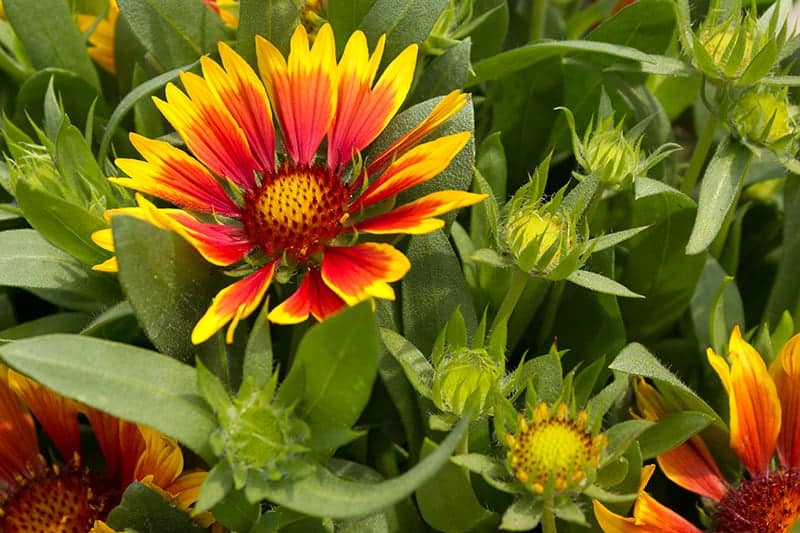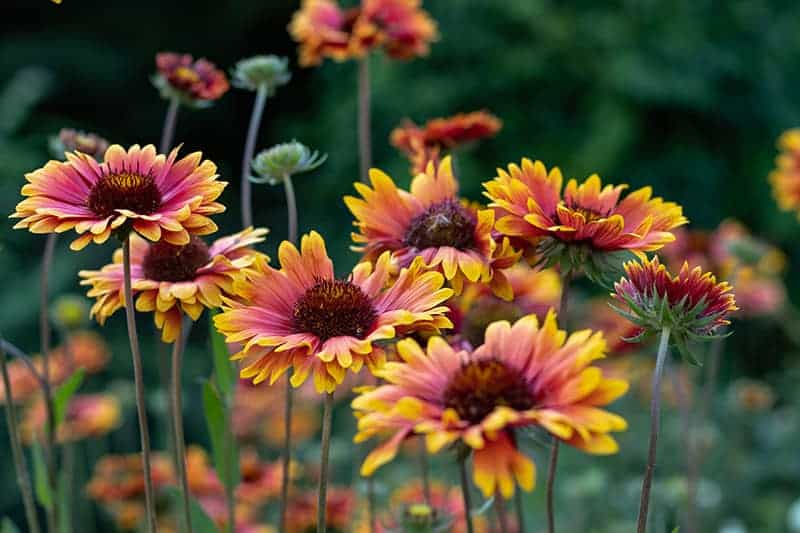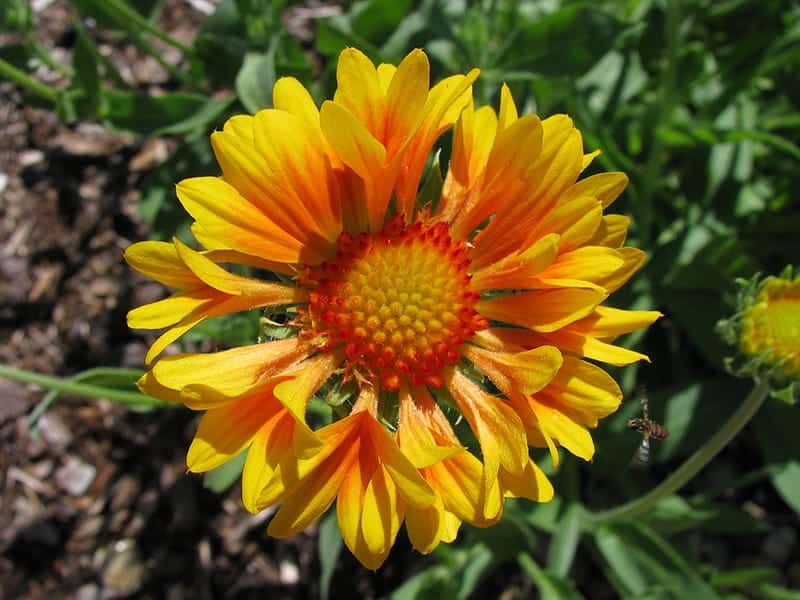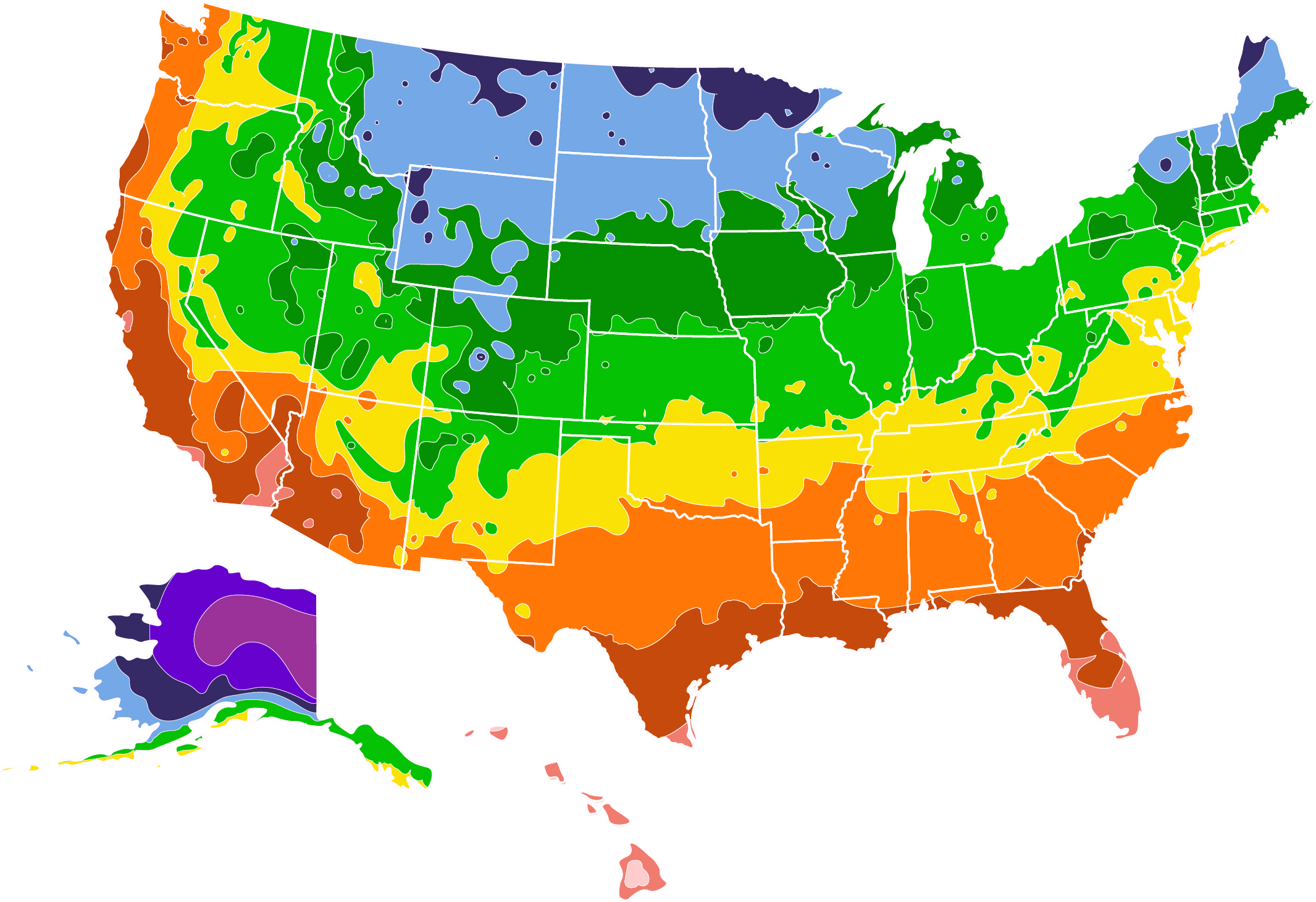- Home >
- Ornamental Plants >
- Gaillardia
Gaillardia for Sale - Buying & Growing Guide
Garden Goods Direct - 1 Gal. - Gaillardia Arizona Sun
High Country Gardens - 5 inch - Arizona Sun Gaillardia
Grow Joy - Arizona Sun Gaillardia Plant
Wayside Gardens - 1 Quart - Gaillardia REALFLOR
Enter your zip code to find nearby stores that may carry this plant.
While there is some disagreement about whether the gaillardia flower’s nickname, blanket flower, comes from its ability to “blanket” a garden, or its resemblance to Indigenous American blankets, one thing is certain: this bright, low-maintenance wildflower is an excellent addition to home gardens. With multiple varieties to choose from, gaillardias offer gardeners flexibility in terms of color and size. Gaillardia are also:
- Available in both perennial and annual varieties.
- Repeat bloomers that produce flowers from early summer through the fall.
- Make great cut flowers when grown as a long-stemmed variety.
Planting and Care
Planting instructions
Gaillardia flowers are typically hardy in USDA zones 3-10. As natives of drier North American regions, they do best in loose, well-draining soil that has a neutral or slightly alkaline pH. They also require full sun for optimal blooming. If planting gaillardia flowers from containers, dig a hole that is about 10 percent larger than the root ball, place the plant in the hole, and cover it with soil. They are also relatively easy to grow from seed, either by sowing directly outside after the last frost, or by germinating indoors starting four to six weeks before the final frost and transferring outside in the spring.
Watering and nutrients
When gaillardia flowers are young, be sure to water them regularly but avoid overwatering. These plants are highly susceptible to root rot from sitting in water-logged soil. Check if the top one to two inches of soil are dry before watering. Once established, gaillardias are drought-tolerant, so you can significantly cut back on watering, especially if you live in an area with consistent rainfall. Blanket flowers do not require much in the way of feeding, and tend to thrive in poor soil conditions. These are ideal flowers for gardeners who prefer low-maintenance plants, or have nutrient-poor soil.
Pollination
If you are allergic to or wary of bees, you may want to avoid planting blanket flowers in your garden. Bees, including bumblebees, green metallic sweat bees, and others, are the primary pollinators of blanket flowers. Blanket flowers also attract caterpillars and butterflies, including painted schinia, whose wing patterns and colors actually resemble those of the gaillardia. These insects are drawn to the flowers’ brightly-colored petals and sweet nectar.
Pruning
Gaillardias are a self-seeding plant. If you do not remove the spent flowers, they will seed the ground around them, encouraging their blanketing style of growth. Deadhead your gaillardias to encourage new flower production throughout the growing season and to prevent new plants from taking root. Once the growing season ends, you can cut the plant back to a few inches above ground level to keep it looking fresh when it begins growing again, but this is not required for a healthy gaillardia.
Pests, diseases, and animals
Gaillardias are largely resistant to pests and diseases. The most common disease that can affect these flowers is aster yellows, a virus-like disease that is spread by leaf-hoppers and aphids. If blanket flowers become infected with aster yellows, it will inhibit their growth and turn their flowers green. Remove the infected flowers, as there is no way to cure the infection. Natural predators like ladybugs can control the pests that cause aster yellows, or you can preventatively spray flowers with insecticidal soap. Gaillardias are rabbit and deer resistant.
Light
Blanket flowers should have full sun, as this will ensure they produce an abundance of perky flowers. They can survive in partial shade, particularly if the shade is during the afternoon in especially hot climates, but you may find that these plants don’t bloom as profusely.
If these flowers don’t get enough sun, they also have a tendency to become limp and floppy. Try to position the plants in an area where they will receive sunlight all day long if you want to get the best out of them.
Temperature
Blanket flowers are hardy through USDA zones 3 to 10, with some variation depending on the variety. These plants enjoy hot, dry weather and will struggle in cool, moist conditions. Perennial blanket flowers will die back in the winter, and how you care for the plant during this time is a matter of personal preference.
Propagation
Blanket flowers can be propagated from seed or through division. They are a short-lived plant, so if you want to extend the lifespan of your plant, then division is a good way to do this. Every two years, dig up your blanket flowers and separate one plant into two by gently pulling the roots apart. Replant your blanket flowers as two separate plants, and then continue this again in another two years.
Flowers
The flowers of this plant are the main attraction of the blanket flower. They have an extended blooming period, producing colorful flowers from summer all the way through to fall. The flowers are similar to daisies in appearance and can be single or double-layered, with some petals having a frilled edge.
Flowers can be up to 3 inches wide and typically come in colors synonymous with fall, such as orange, deep red, and mustard yellow. The flowers are especially attractive to pollinators, including butterflies and hummingbirds.
Gaillardia Varieties
There are over 20 species of blanket flower, but there are two main categories of this plant.
Gaillardia Aristata

Gaillardia Pulchella

Gaillardia x Grandiflora

‘Arizona Red Shades’

This variety produces a compact, bushy plant covered with free-flowering crimson red flowers. Some of the tips of the petals can be tinged with yellow. It grows up to 10 inches tall and is mostly pest and disease-free. The flowers of this plant make especially good cut flowers, and they bloom from early summer through fall.
‘Oranges and Lemons’

This is a fairly tall variety of blanket flower, growing up to 24 inches. Despite its height, it maintains a compact upright stature and blooms heavily, with up to 75 flowers in bloom at any one time. The flowers are pale orange with subtle yellow tips.
‘Sunset Mexican’
This variety grows up to 16 inches in height but has a compact, bushy habit. The flowers are very dramatic, with petals that start out as a vibrant pink near the center of the flower, transforming to lemon yellow at the tips.
‘Sunset Popsy’
The flowers of this plant are highly pigmented, with deep pink petals that are fringed in creamy yellow. Growing to 16 inches high, this blanket flower works well as a border plant or can be grown in a container. It blooms profusely and reliably from early summer through fall. If you find yourself with an excess of blooms, these flowers make excellent cut bouquets (Gardenia).
FAQs
Are there different varieties of gaillardia?
Yes, there are over 20 blanket flower species, which are grouped into three main categories. Gaillardia aristata is a perennial variety native to the prairie regions of the U.S., while Gaillardia pulchella is an annual variety found in Mexico and the American Southwest. The most common blanket flower found in nurseries is Gaillardia x grandiflora, a perennial hybrid of the two. Popular varieties of Gaillardia x grandiflora include the Arizona sun, the goblin, the fanfare, and the burgundy.
How do you propagate gaillardia?
As self-seeding wildflowers, gaillardias will propagate on their own in your garden if left to their own devices. For more controlled propagation, divide your plant every two years. Dig up a plant, and gently pull its roots apart to divide it into two plants. Replant your gaillardia as two separate plants. If you prefer to propagate through seed, sow seeds in the late summer, protect them through the winter, and plant them after the final frost.
Does gaillardia need full sun?
Yes, this is a sun-loving plant that does best with about six hours of full sun each day in most circumstances. If you live in a particularly hot climate, you can plant your gaillardia in a location where it will receive partial shade in the afternoon, although it may not bloom as profusely. Blanket flowers that are not receiving enough sunshine will grow leggy and may get floppy as they attempt to reach sunlight.
What is the ideal temperature for gaillardias?
If you live in an area where summer temperatures are consistently in the 80s or 90s, gaillardias are a good choice to plant, as they can withstand a lot of heat. Gaillardias are also drought-tolerant once established, so it’s not a problem if your area doesn’t get a lot of rainfall. Gaillardia’s biggest enemy is humidity. They will not do well in an environment with a lot of moisture consistently in the air.
How long do gaillardias live?
Gaillardias are known as “short-lived perennials,” meaning they will typically survive the winter and bloom again, but only for about two to three years. The good news is that, as self-seeding wildflowers, gaillardias are always ensuring their survival by dropping seeds for new growth. If you prefer to manage where your gaillardias grow, divide an existing flower and replant it in the location of your choice to ensure you always have a gaillardia in your garden.











